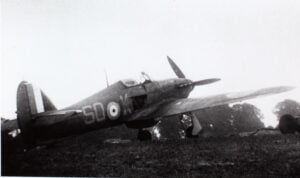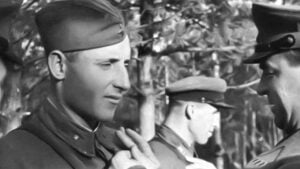The Devastating Effect WWII German 20mm Auto Cannons had on US Bombers
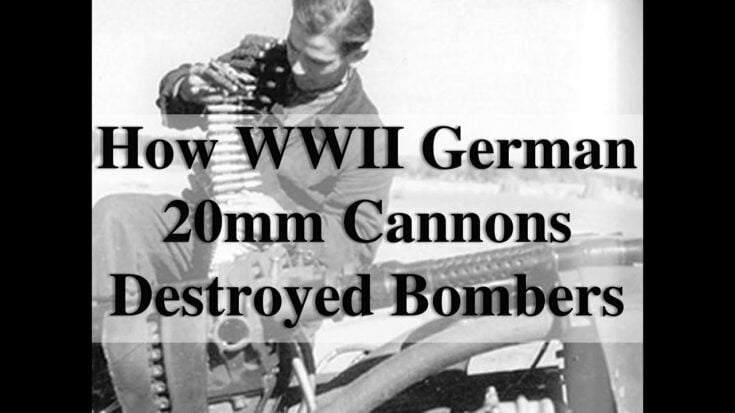
YouTube / WWII US Bombers
By 1942 Luftwaffe units found rifle caliber machine guns insufficient against US heavy bombers. German engineers adopted the MG 151 20 millimeter auto cannon to deliver far greater destructive effect per hit.
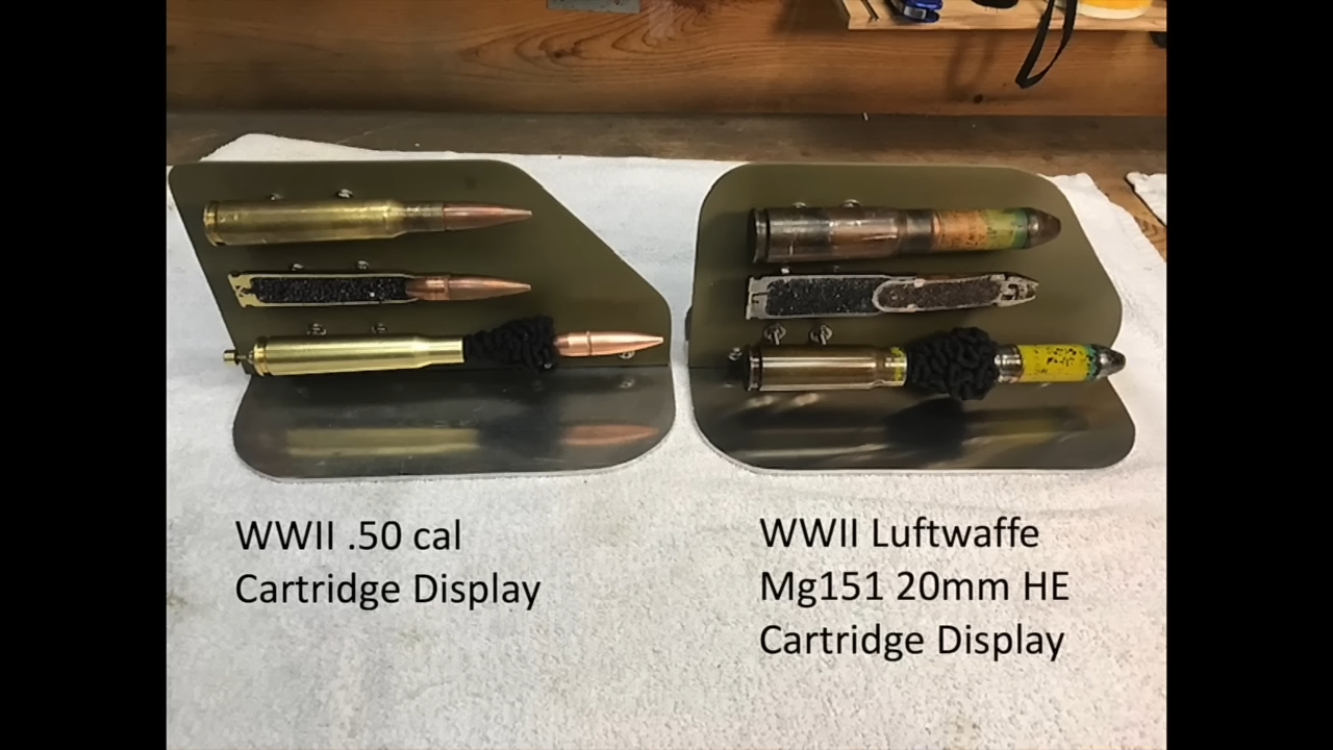
Operational testing showed a heavy bomber often required twenty to twenty five explosive impacts before structural failure occurred. That threshold guided interceptor armament and tactics throughout the campaign.
How the Mine Round Worked
The MG 151 fired a high explosive mine projectile rather than an armor-piercing slug. The round contained about eighteen grams of explosive inside a hollow steel body and used a nose fuse that detonated after brief delay on contact.
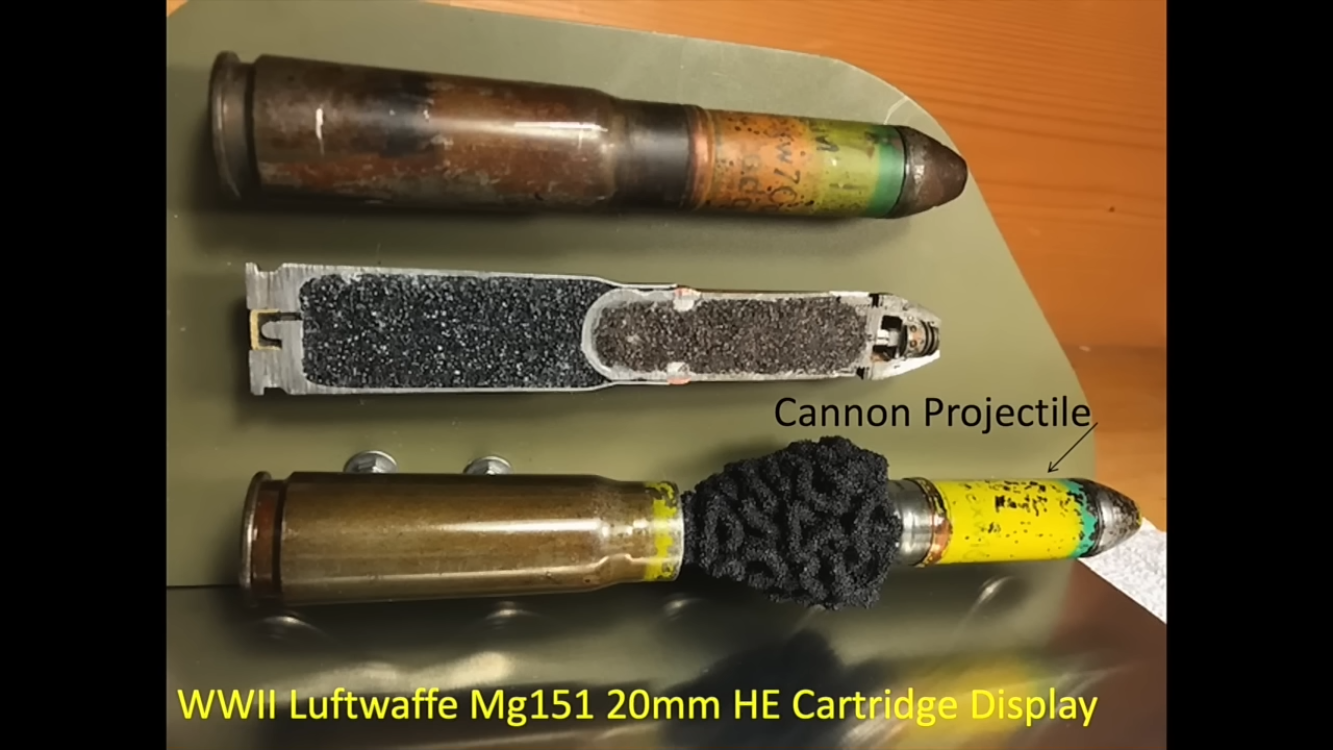
That short delay allowed the projectile to penetrate thin aluminum skin before detonation. When the charge detonated it produced dense steel splinters that radiated outward and cut into internal structure and systems.
Effects on Structure and Systems
B 17 fuselage skin gauges averaged roughly 0.032 inches, a thickness comparable to a credit card. Multiple mine-round detonations quickly compromised frames, stringers, and skin panels.

Splinters cut oxygen lines, control cables, fuel plumbing, hydraulic tubing, and electrical harnesses. Damage to any of these systems could cause rapid loss of control, fires, or sudden decompression that rendered a bomber combat ineffective.
Evidence From Combat Damage
Photographs and gun-camera film show characteristic entry holes with powder burns and exit-side fragment punctures. Surviving airframes display clustered splinter damage around detonation sites.
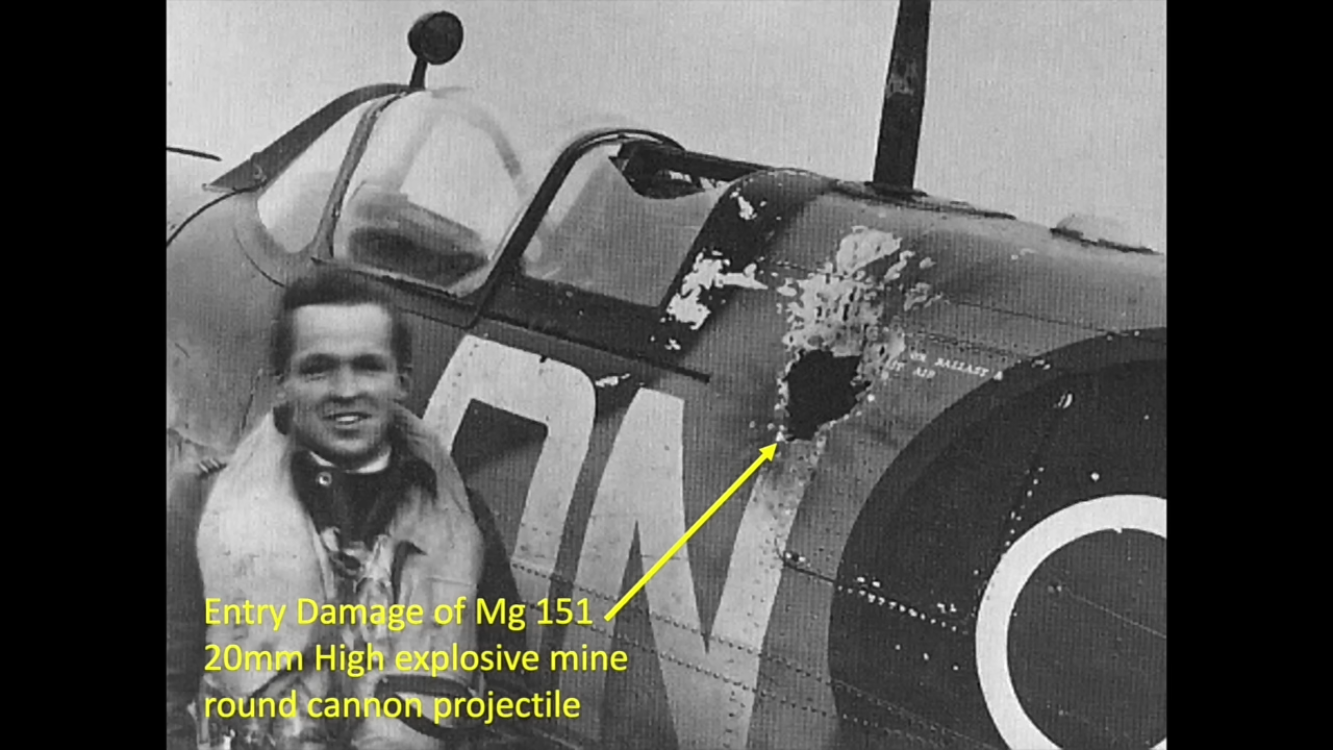
A June 1943 review of 303 wounded bomber crew members recorded that 39 percent of injuries were due to 20 millimeter fragments. Issued flak vests and aprons lowered casualty rates by about sixty percent and kept many gun positions functional on return flights.
Deployment by German Fighters
The MG 151 was fitted to Bf 109s through the propeller hub and carried in Fw 190 wing and pod installations. Some Fw 190 bomber-hunter variants carried multiple 20 millimeter cannons to maximize destructive volume per pass.
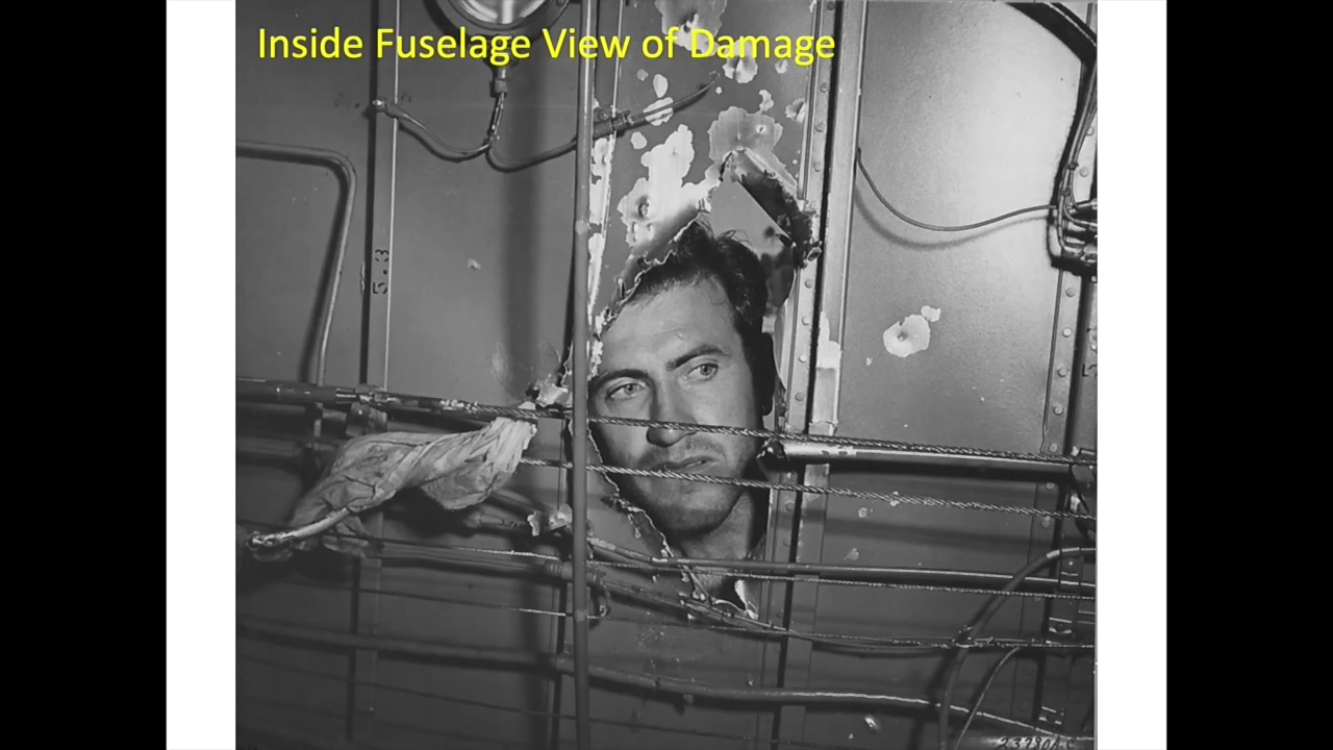
Ground crews loaded linked 20 millimeter belts before sorties and gun-camera footage documented rounds rupturing panels, severing control runs, and disabling defensive stations. Bombers sometimes dropped gear to indicate surrender but engines could continue running even after severe structural damage.
Impact on the Air War
German fighters accounted for more bomber losses than ground artillery until May 1944, after which flak became the dominant threat in returning-aircraft reports. That shift reflects survivor bias because many aircraft hit by cannons never returned.
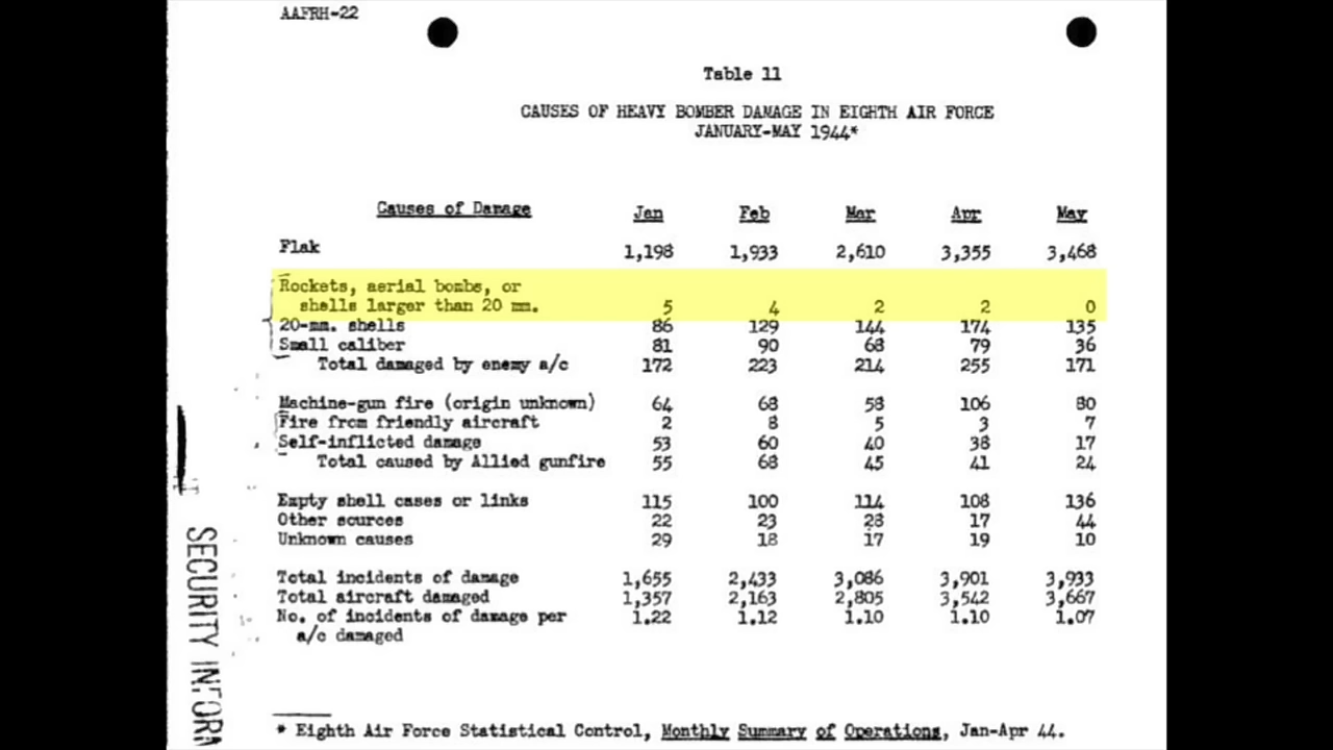
The MG 151 mine round altered the defensive problem for US heavy bombers by shifting damage from simple punctures to rapid structural and system failure. The weapon remained one of the most effective airborne threats to Allied heavy bombers over Europe.

















